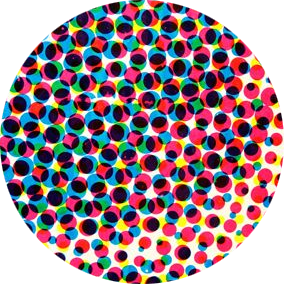An Introduction to “The Last Ronin”

The Last Ronin is a 2022 graphic novel that portrays a dystopian future for the Ninja Turtle franchise in which the iconic heroes of TMNT have all but died out and the last surviving turtle seeks to reclaim his honor through revenge.




After the success of the first TMNT franchise, Eastman and Laird, famously, had a falling out over creative differences – one that has since been redressed, oddly enough, through the documentary series “The Toys that Made Us” which reunited the pair.

In consequence of their creative separation (as well as innumerable other complications) the original story was never produced until Eastman brought the script to IDW in 2018, thus giving new life to an old vision.

Importantly, however, The Last Ronin was also developed by Tom Waltz, who had shepherded the TMNT franchise at IDW since 2011. As much as the story is an ending for the original Mirage studios iteration of TMNT, it’s also an ending for Waltz’s acclaimed stories at IDW.

All of this is to say that “The Last Ronin” offers a remarkable study of an iconic franchise, a story that intersects with multiple eras, visions, creators, and futures, all wrapped up in a story that traded upon nostalgia in the media consciousness to dramatic effect.
